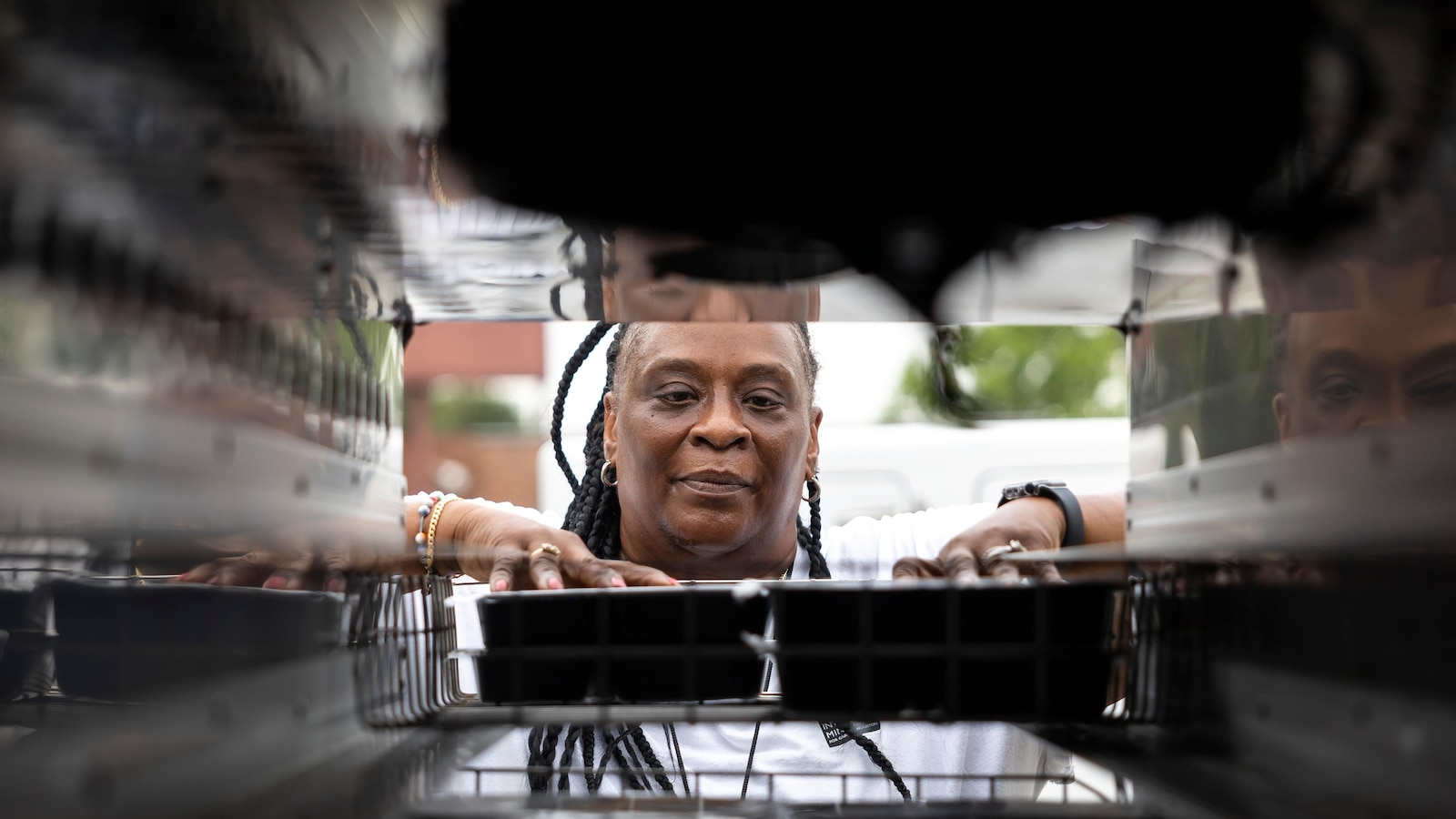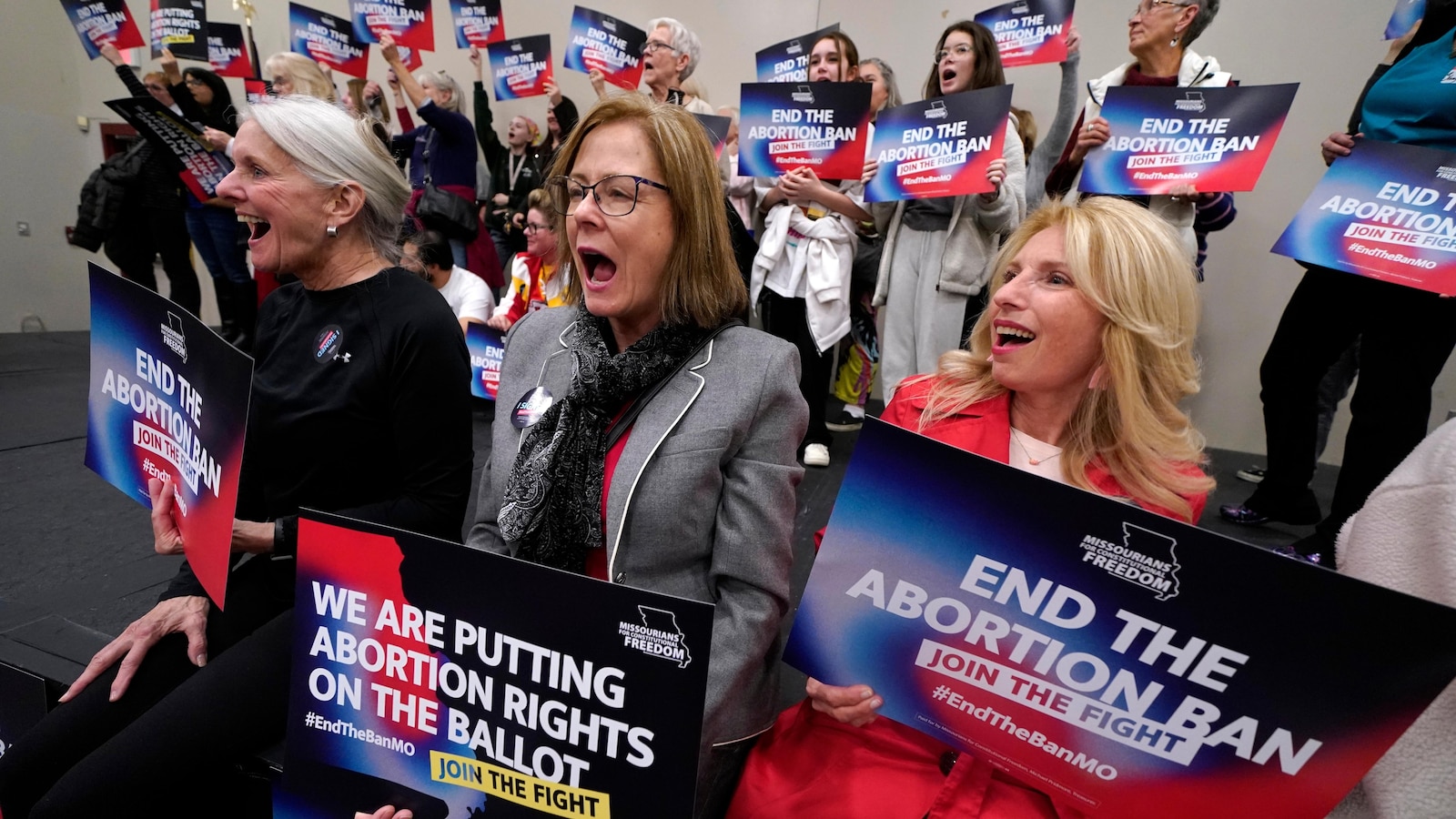[ad_1]
HOUSTON — The deafening hum of a generator was a welcome noise Thursday evening at a Houston independent living center where several dozen seniors had lost power in the wake of Hurricane Beryl.
Joe and Terri Hackl, who had pulled up with the backup electricity source after delivering hundreds of meals all day, estimate they’ve spent at least 18 hours daily this week filling service gaps around the wind-torn city.
The couple is part of a volunteer network called CrowdSource Rescue, designed during 2017’s Hurricane Harvey to connect first responders to people in need.
Likeminded community efforts have brought relief in the form of fresh food and cool air for some of the millions who sweltered this week without electricity. Beryl knocked power out across one of the nation’s largest cities, pressuring electric utility CenterPoint Energy as outages endured days after the Category 1 storm had passed.
While nonprofit and mutual aid organizations have honed their disaster services in a city frequently battered by severe weather, some now find themselves drained by repeat deadly events. A May storm already strained food and energy supplies with hurricane-force winds that similarly left electricity lacking.
It’s been a challenge for CrowdSource Rescue to allocate generators with such great need, executive director Matthew Marchetti said.
The organization has just 30 compared to the 300 it bought after money poured in during Texas’ record winter freeze in 2021. Many storms have since depleted resources, and donations are harder to come by, he said.
“The banner cry has been ‘Houston Strong,’” he said. “I kind of want to be ‘Houston Normal’ for a while.”
It’s difficult to make people whole when shocks come frequently, West Street Recovery co-Director Ben Hirsch said. The environmental justice organization repairs homes and navigates federal assistance for families in some of northeast Houston’s most vulnerable parts.
Government money to fix damage from the May storm only just arrived and people haven’t had time to recover. Mutual aid can only do so much to alleviate systemic barriers to resilience, Hirsch said.
“Mutual aid is really good at giving out hot meals and mucking out houses,” he said. “But we need to bury our power lines and build massive flood infrastructure.”
Experts forecast unprecedented ocean heat will help make this one of the busiest Atlantic hurricane seasons on record and climate change is intensifying the strongest hurricanes.
Worried that damaging hurricanes are brewing so early, Sally Ray, director of domestic funds at the Center for Disaster Philanthropy, said donors should more strategically be “supporting these communities in the long term to make them better prepared for what may come next.”
During times of crisis, preestablished community ties become especially important for nonprofits, which often have the deepest connections with some of the hardest-hit communities, Ray said.
That includes groups like Interfaith Ministries for Greater Houston. About six dozen drivers deliver 2,000 hot meals daily through its Meals on Wheels program, checking in on homebound residents, operations Director Matthew Wright said.
The nonprofit also provides people with five shelf-stable meals each in June ahead of hurricane season. Beryl hit so early that Meals on Wheels plans to deliver another round soon.
Annie Jones, 62, received an emergency box before the weekend. No longer working after breaking her hip, the lifelong Houston resident said she had just fixed May wind damage to her roof.
“I know it’s coming,” she said of the frequent storms. “But you don’t get used to it. It’s still devastating.”
The successive extreme weather events are worrying even the most established nonprofits. Houston Food Bank, which serves 18 southeast Texas counties through more than 1,600 community partners, tries to collect over 40 tractor trailer loads of disaster relief supplies before hurricane season begins in June, said Brian Greene, the organization’s president.
But the May storm hit when they were still stocking up, forcing them to pull boxes from other food banks as far as Minnesota and Tennessee. That’s feasible when there is only one extreme weather event hitting the country. But he said the nationwide Feeding America network is concerned about the increased prevalence and severity of these scenarios.
A “disaster-level volume” of supplies — more than 400,000 pounds (181,400 kilograms) — moved Wednesday, Greene said, and he doesn’t want to let down Houston residents who have come to rely on that output.
“I worry that our ability to meet those expectations, if this is happening with more frequency, it’s going to be really tough,” Greene said.
The Hackls hadn’t even stopped to clear the debris littering their yard before they were back delivering food, drinks, ice and cleaning supplies Friday.
Before leaving the independent living center the day prior, Terri Hackl had some advice for what to do with any extra supplies bought by staff.
“Keep it,” she said. “I can almost guarantee that there will be more storms this year.”
___
Glenn Gamboa contributed reporting.
Associated Press coverage of philanthropy and non-profits receives support through the AP’s collaboration with The Conversation US, with funding from Lilly Endowment Inc. The AP is solely responsible for this content. For all of AP’s philanthropy coverage, visit https://apnews.com/hub/philanthropy.



